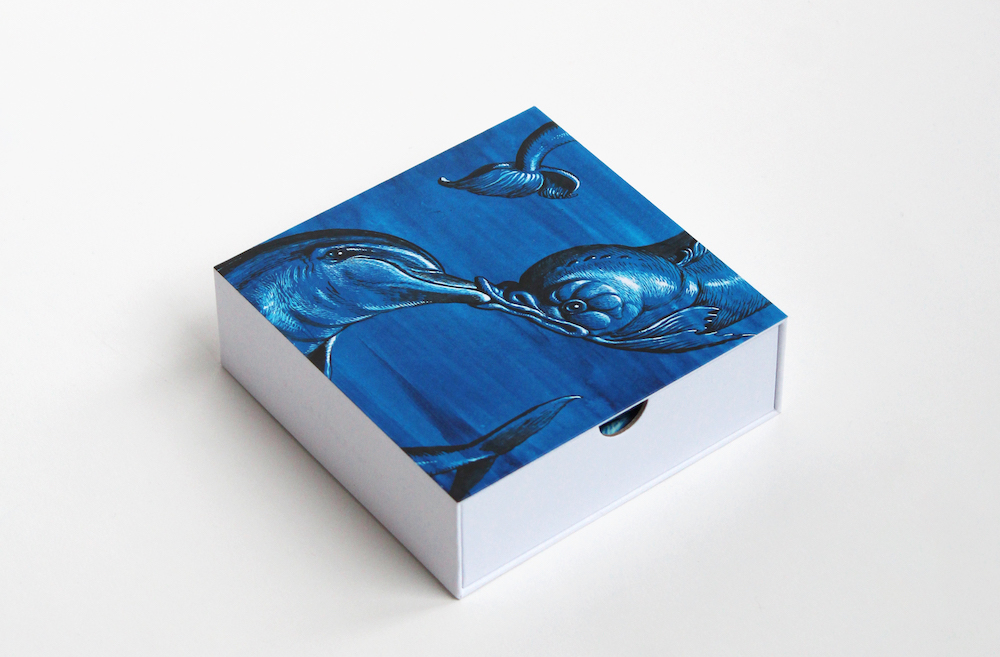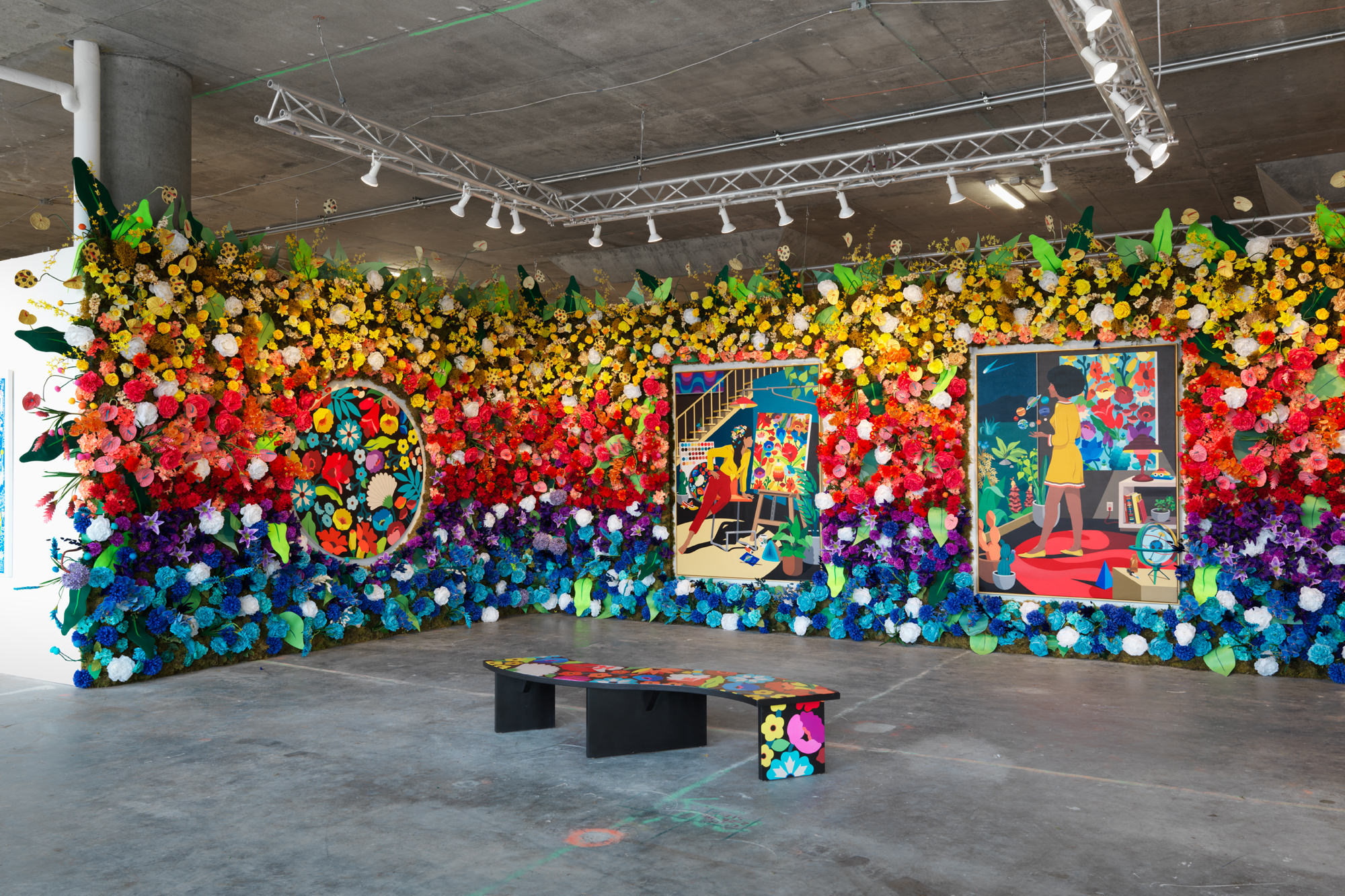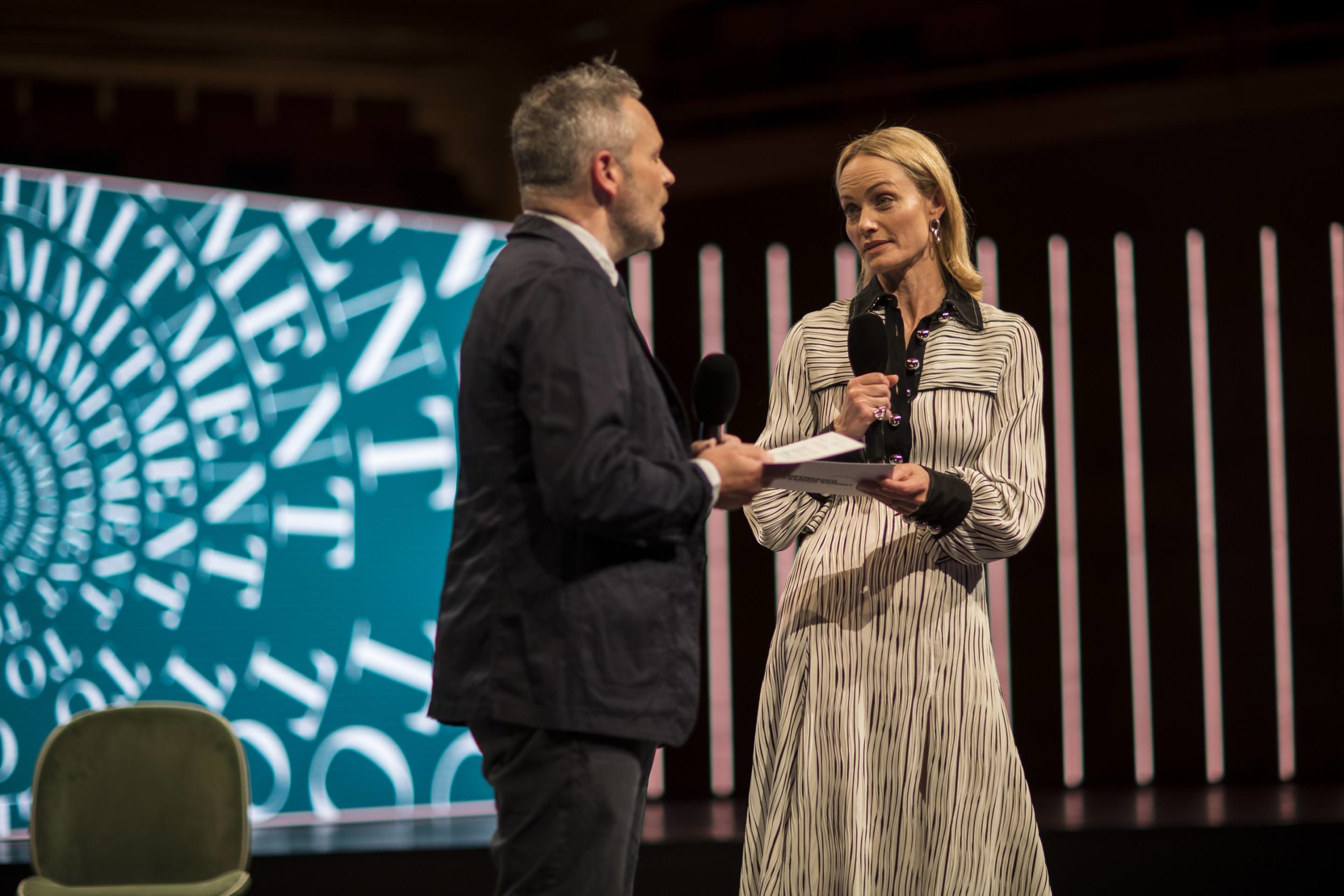Parley for the Oceans was founded on the belief in the power of creative collaboration to influence change. Founder Cyrill Gutsch knew that, by tapping into the imagination, he could get people to care about what is happening to our oceans. He understands that scientific facts will not win over people’s hearts as fast as culture can. The oceans take up 70 percent of the earth’s surface and account for every second breath we take. Keeping our oceans clean isn’t just about keeping the vast plant and animal life alive; it’s about keeping us alive.
Gutsch began his endeavor working with artists like Julian Schnabel and Pipilotti Rist to bring awareness to his cause. He partnered with the artist Doug Aitken to create submerged sculptures, entitled Underwater Pavilions, which offer a chance to explore and discover the sea. Taking on one of the largest pollutants—plastic—Parley for the Oceans has corporate partners like adidas, Soma, Corona, and now American Express.
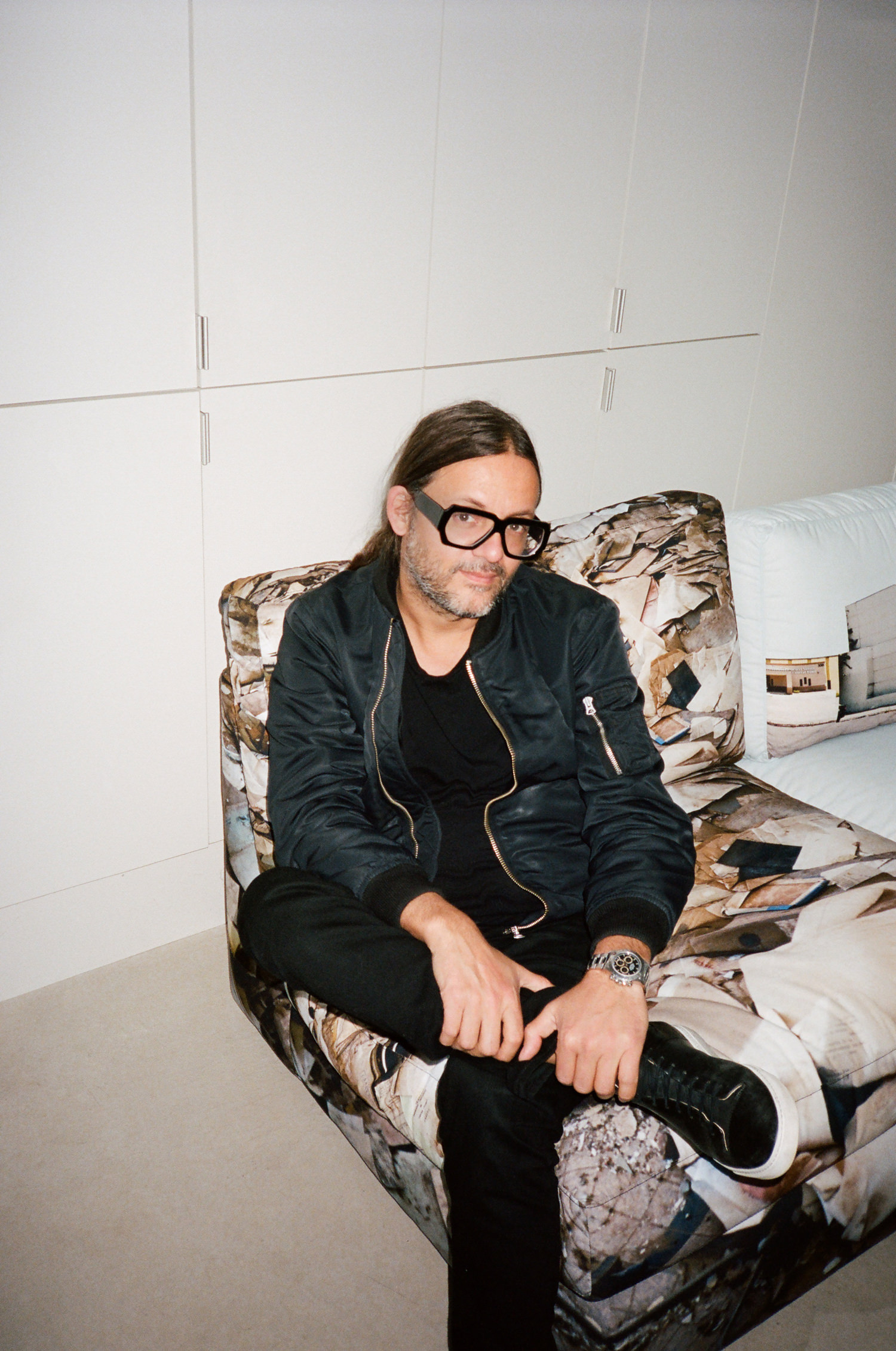
Photo by Ami Sioux.
Whitewall spoke with Gutsch about why purpose is the new luxury and how he’s fighting plastic.
WHITEWALL: The latest target for Parley for the Oceans is plastic. Why did you want to tackle this next?
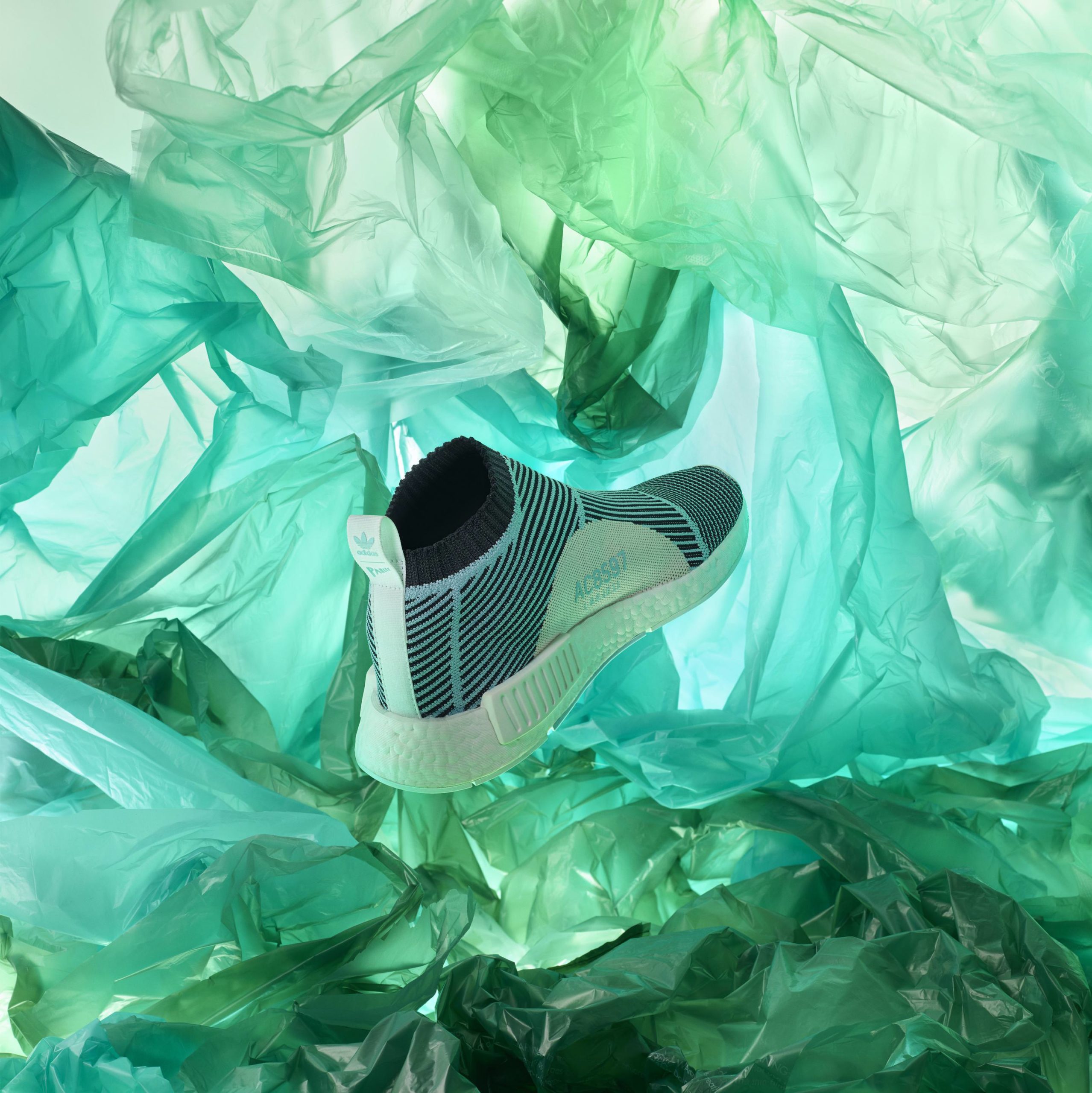
adidas x Parley
Courtesy of Parley for the Oceans
CYRILL GUTSCH: It’s too easy to feel distant and removed from the complex threats to our oceans. You can’t see the impacts of greenhouse gases until you’ve witnessed bleached corals in person, and remember the way they once were. You don’t realize that the oxygen we breathe is coming from life in the sea. You don’t see mass species die off in real time.
All these daunting realities are unfolding around us right now, but many remain deceitfully invisible. There’s too much bad news. You feel helpless. Plastic, though, is a tangible threat we all contribute to in some way, just by living and making daily choices. Therefore, it’s one we can all contribute to help fix it with relatively simple shifts.
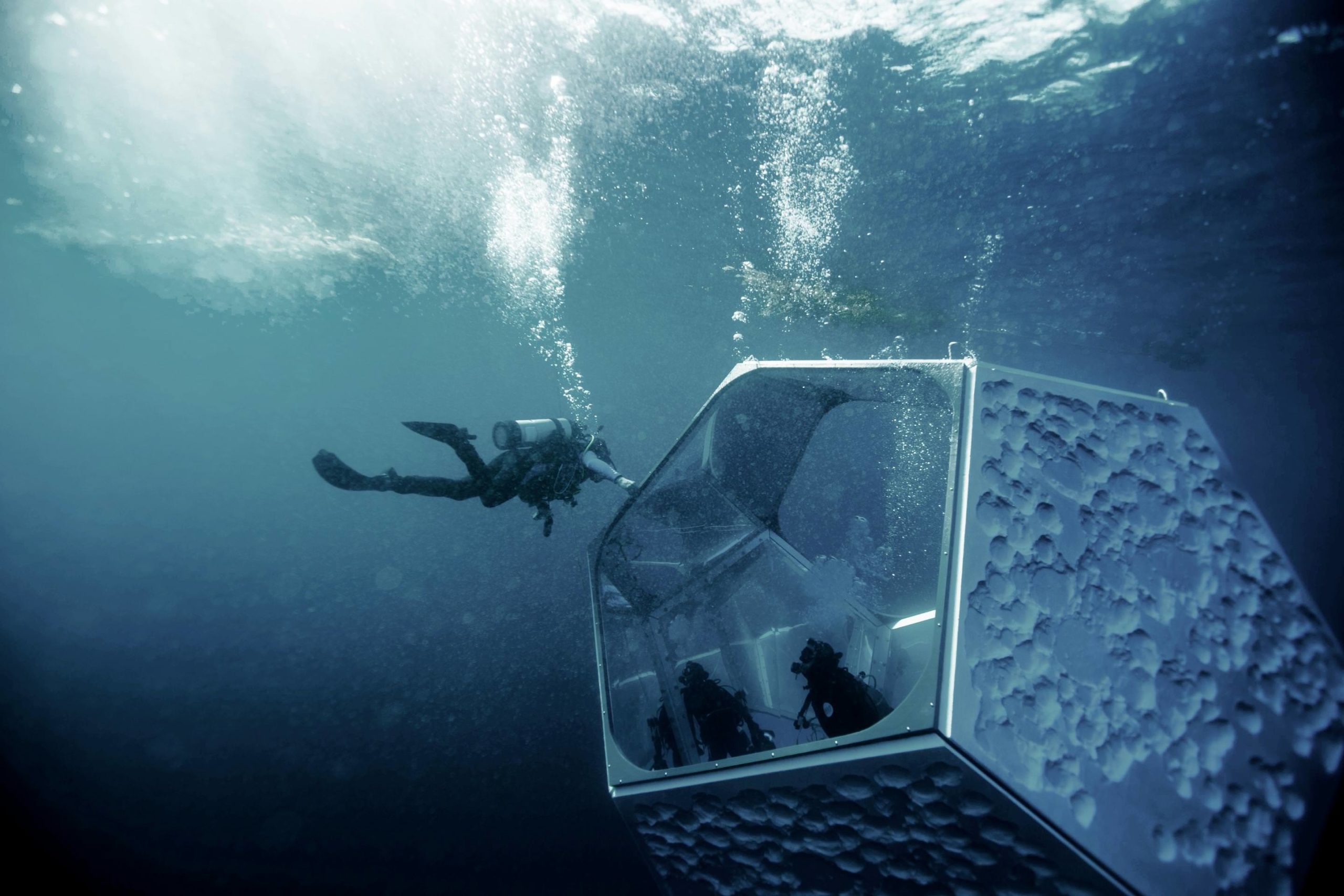
Doug Aitken’s Underwater Pavilions
Photo by Shawn Heinrichs
Courtesy of Parley for the Oceans
For me, plastic is a design failure. It is alien matter and, once produced, it never disappears. Old plastic items wander like zombies around the world, leaving a trail of destruction. On the other hand, plastic has been good to us. It gave us safety, consistence, and scale. But every material has its time. And the time of plastic is up. But because of its chemical construction, even if we stopped using plastic today, all the plastic we’ve created will still exist for generations to come.
Parley is focused on ending marine plastic pollution to protect sea life today and secure our future. We know it can be done. But we can’t build on the dream of a circular economy. This material doesn’t fit in, because it releases toxic substances even when you discard it correctly. With creativity, collaboration, and eco-innovation, we can end the problem. We have to invent new materials, replacements for plastic. And while we do so, we can immediately stop using virgin plastic and replace it with Ocean Plastic®, a range of material which we developed from upcycled plastic waste intercepted in marine environments.
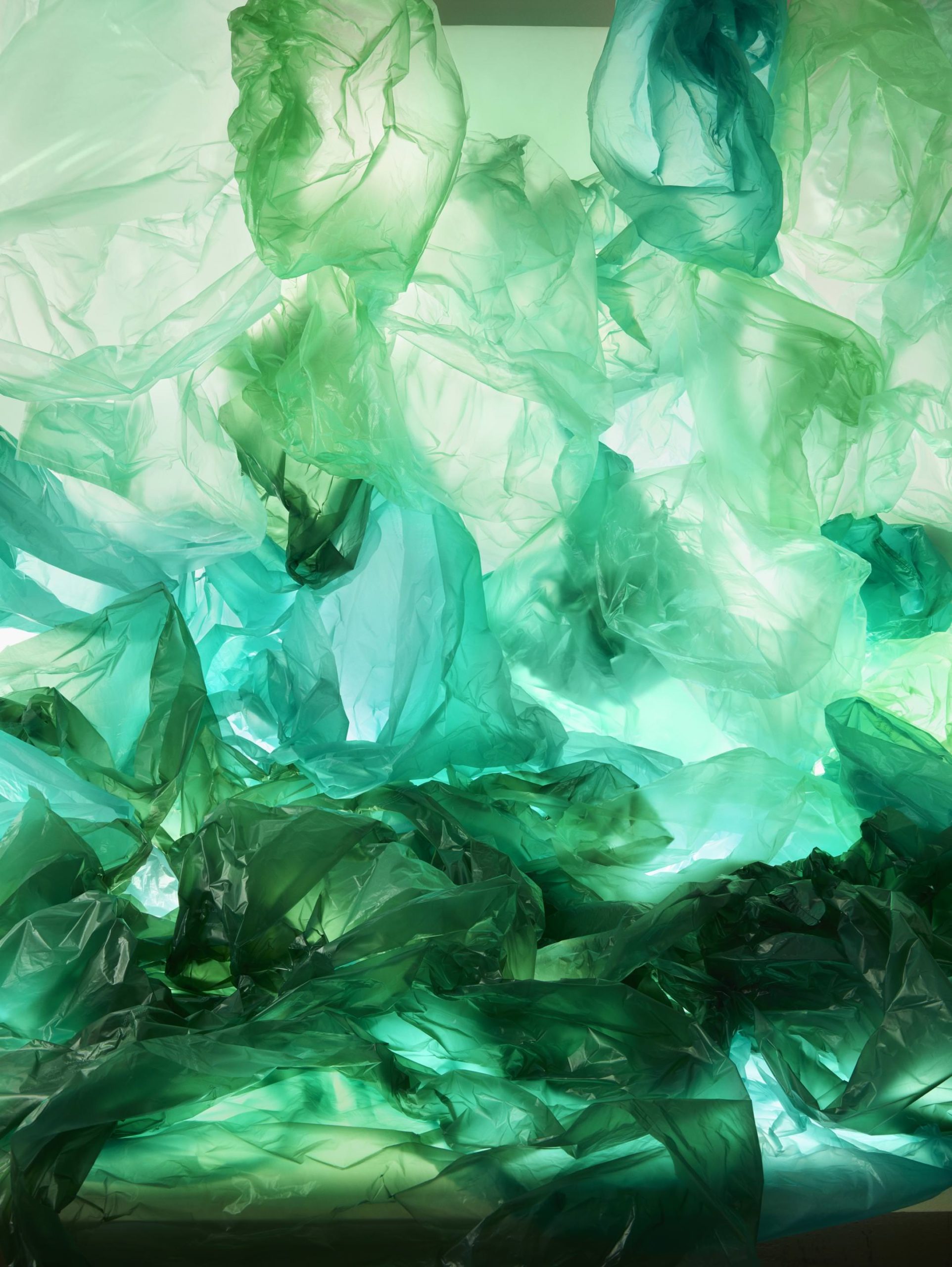
adidas x Parley
Courtesy of Parley for the Oceans
It’s a brand we created and which became the name of the problem. But for us it was always seen as a catalyst brand and a funding mechanism, because every product our official partners make with it funds our movement. We call these products symbols of change and they are like flags that show the association of its owner to the Parley movement.
WW: Do you have a name for this strategy?
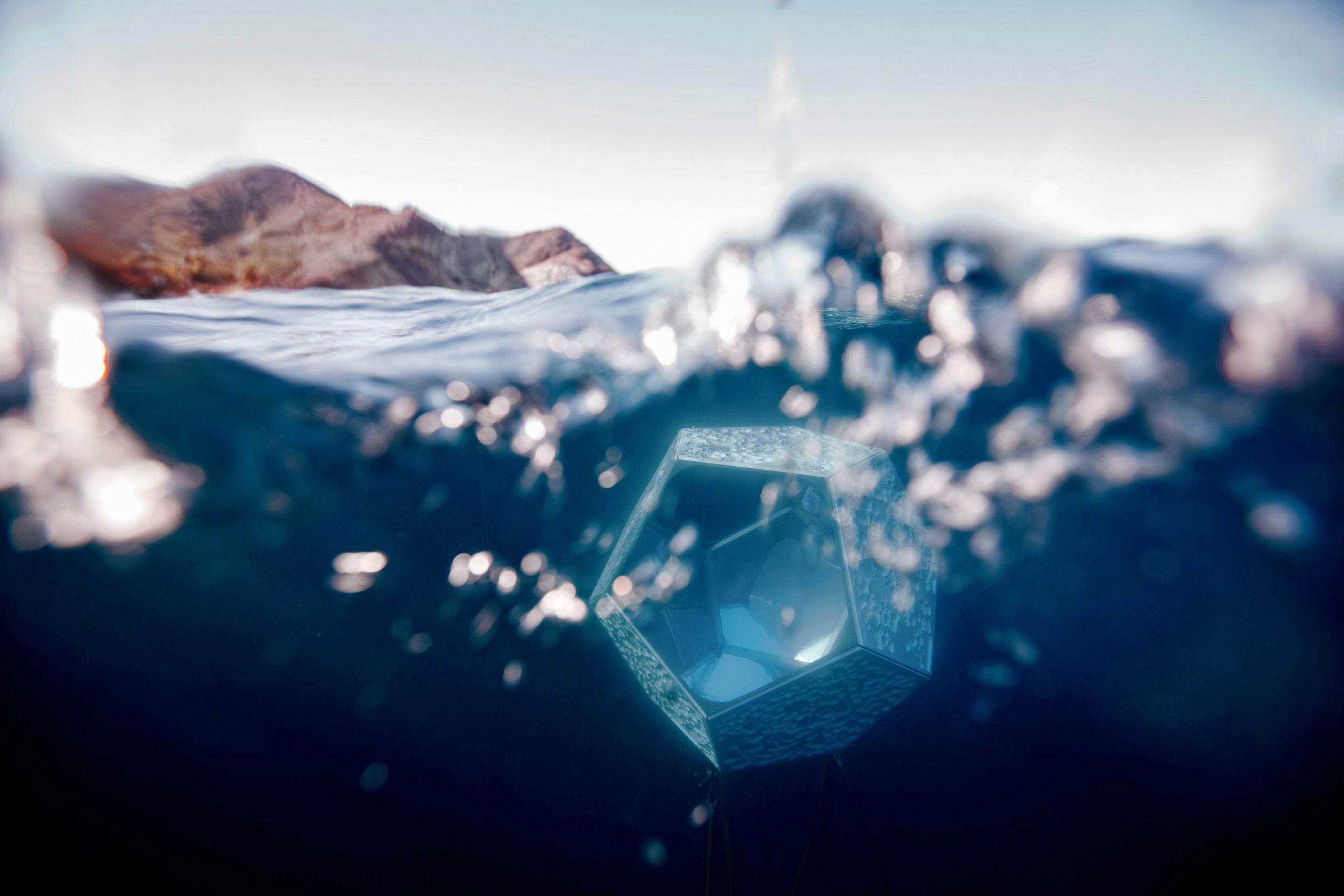
Doug Aitken’s Underwater Pavilions
Photo by Shawn Heinrichs
Courtesy of Parley for the Oceans
CG: We call it Parley AIR. It’s based on the fact that every second breath
we are taking is generated by the oceans. That means, without the oceans
we can’t exist on this planet. We need them to be healthy. Parley AIR is based on three pillars: Avoid plastic wherever you can; Intercept plastic waste; and Redesign the material itself and products made from it.
It works in different time windows. Avoid and Intercept can happen immediately and works as a catalyst, as a driver for Redesign, because when we become aware of how many plastic items we are using and experiencing what they do to the environment—by collecting them from beaches, reefs, and high seas—we realize how crazy it all is.
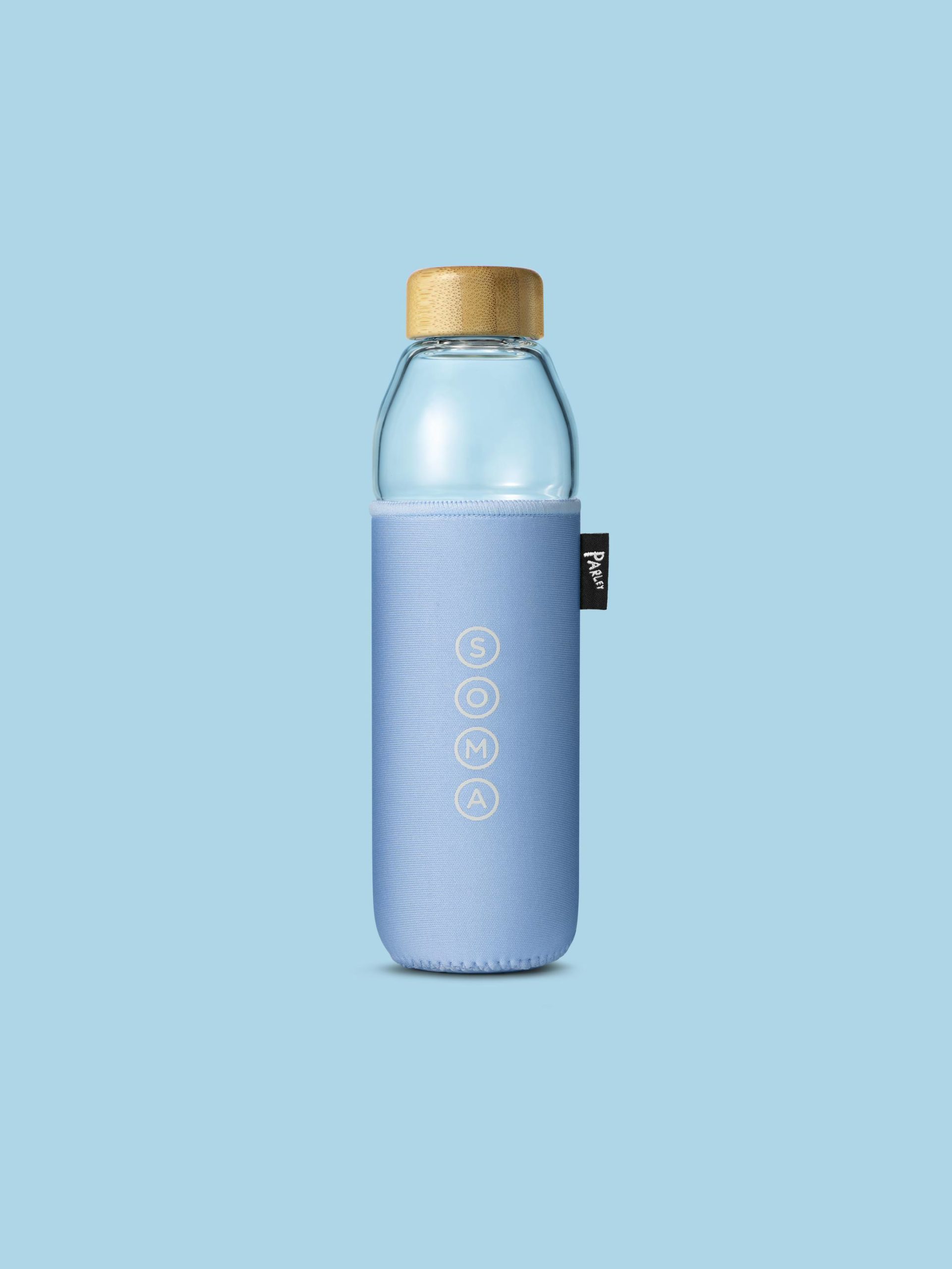
Soma x Parley
Courtesy of Parley for the Oceans
WW: How did that initiative lead to a partnership with adidas? How do you see that partnership continuing?
CG: adidas was the first one to believe in our vision, the first one to truly
support us. They are not just a brand or a manufacturer of shoes. They are
a network of passionate people and innovators who want to create the best
product. When they realized how much harm they cause, they decided to
become part of the solution. We are working extremely closely with them to develop new standards and making our vision scalable. That means, they helped us to form the network of vendors and manufacturers but they are also the biggest critic. They wouldn’t put material into their product which doesn’t perform in highest level. But then, they also helped us to make Ocean Plastic® cool.
Together, we created a super-trend. But our material is not the final solution. It is designed to self-destruct and only serves for the time in between technologies. An old technology that is harmful and a new technology that is not. We call this phase the “material revolution” and major brands have a big role to play. They actually make it happen. And we at Parley play the role of driving the vision, driving the movement. We don’t stop before our economy is completely transformed into a new economy, where the ideas of exploitation and irresponsible production methods don’t belong anymore.
Change is a very unpredictable process, and it can only go as fast as we develop solutions. Eco-innovation as we call it. You can’t do that isolated from the reality of economic needs. That means, if you take something away, you have to replace it. Otherwise, it’s not affordable. Material science and “product fiction,” as we call it, are therefore very important aspects of our partnerships with brands.
WW: What other partners are you working with now?
CG: Last year we announced our partnership with Anheuser-Busch InBev
and their brand Corona. We share the belief that plastic bottles are wrong.
They optimized the system of refillable glass bottles. Corona is based on the dream of a perfect beach, but these places don’t exist anymore in the way we expect them to be. They are polluted with plastic; they are stained. And Corona is doing right now the unthinkable. It is the most radical move a brand can make.
While others stick to selling illusions, they have the courage to call it out. To confront themselves with truth. Their product is not even made from plastic. Still, they hunt it down to the lining of their bottle caps and put their eco-innovation machine behind replacing these toxic substances. They are a dream partner, and together we will end plastic in the beverage industry.
WW: What is 100 Island project?
CG: When we met and discussed the contract with the Corona team, we
decided together, to tackle 100 islands. To pick the most pristine places on
earth and go there and protect them, together with local NGOs and with
people that are on the ground, locals who know their beaches and waters.
Then we realized that we could add another layer to this partnership. We could invite creative collaborators to these islands and expose them to the beauty and fragility of these magic places. We went out last year with around 50 designers, artists, musicians, scientists, surfers, explorers to create a creative fundraising platform. A collaboration space where our network can turn the threat into symbols of change and explore where these materials still make sense to be used.
So we founded, together with Corona, a new project. It’s called Clean Waves. We believe we can bring them back as a collaborative effort. This June we released the first products made from plastic waste that normally doesn’t even get looked at. We transformed it into eyewear products and they sold out before they went on sale. Net-a-Porter is our exclusive distribution partner for them.
WW: You’ve said, “Purpose is the new luxury.” Can you tell us more about that idea and how you see that changing the luxury market?
CG: While for a long time the value of a product was defined by the value of the material, by the fame of the creator, and the social glow of influential testimonials, with our Ocean Plastic® materials, we have proven that this is no longer the case. We took trash from the oceans, matter with the lowest of all material value, and turned it into gold. People are buying products made from it, because they want to stand for something.
My statement, “Purpose is the new luxury,” was a provocation, a prediction, but now it’s a fact. We have proven it. adidas sold one million products last year. And they charged more money for it. We sold our eyewear made from Ocean Plastic® out in hours—a luxury item made by an environmental group and a beer brand and celebrated in Vogue Italy. This is the proof of concept. I see plastic as this permanent reminder, this warning of not falling in love with our so seemingly incredible ingenuity. It’s time to become humble and to celebrate the true innovator, the true high-tech on this planet: nature.
WW: Parley for the Oceans has collaborated with artists like Doug Aitken on projects like Underwater Pavilions. What role can artists play?
CG: Parley was founded in the heart of the art community. Artists are driven by true intentions, transparent and clear in expressing their agenda, and they bring the spice to this planet. I think art is the only justification at the moment for why mankind should still be here on this planet. And the artist is the perfect host, the perfect driver for collaboration. Julian Schnabel was the first artist we collaborated with. He made our logo and gave us our first home. At Palazzo Chupi, we had our first Parley talks. Without press, without a public eye on it. Now we are collaborating with artists like Ed Ruscha, who had been incredibly generous and supportive, and legends like Jenny Holzer, Pipilotti Rist, Walton Ford, and then there is Doug Aitken. We met after a collaboration session at NASA/JPL in Pasadena.
The Underwater Pavilions have been the first project together. And we
didn’t really know if it all would work out. But it did, and they became a key instrument for our movement. They help people who see them in person, but also through media to redefine their idea of the oceans. Doug Aitken created for us, with us, a portal—a door to a world that is mostly unknown to us earthlings.
WW: What are you working on next?
CG: We are a collaboration network, and it’s time to allow more people to
participate. We want to empower people and help them to use their skills, their networks, their money to boost our movement. Therefore we are launching a collaboration platform, where creators, thinkers, and leaders can sign up, can become part of the movement. The vision is to create a full ecosystem which allows people to make Parley and the ocean cause an integral part of their everyday life.
And then there is a big new partner—another dream partner and the
missing link we waited for. American Express is now a Parley partner. They are bringing their network behind the cause, and as a first collaborative act, we are turning their credit cards into symbols of change, into an invitation to jump into the blue with us. In the near future, their cards will be made from Ocean Plastic®.




